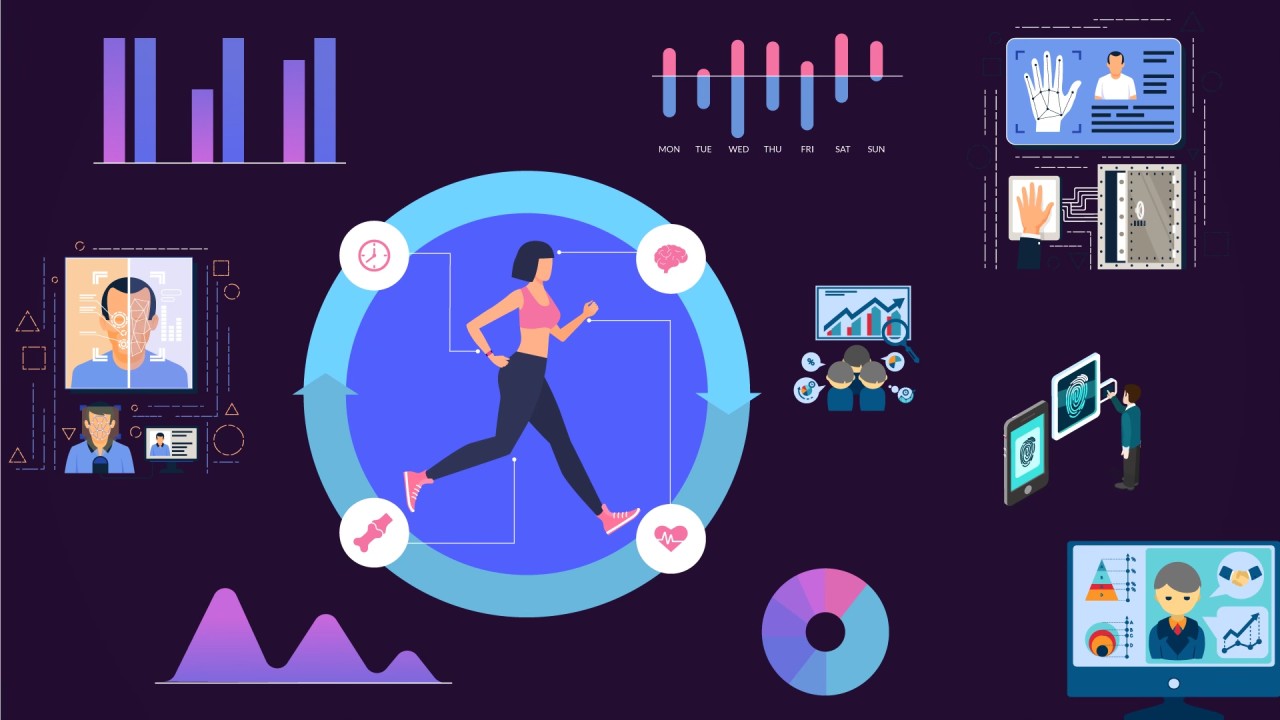AI is all around us, and it’s here to stay. And when it comes to the world of competitive sports, the difference between winning and losing often comes down to the smallest of margins. But how is it currently affecting the endurance sport landscape, and what are some likely use cases for the future?
Tools such as GPS tracking systems and heart rate monitoring devices have been around for years and are commonly used in endurance sports. These devices collect real-time information (from training or race day) that can now be used in innovative ways. Gone are the days of laboriously analysing masses of data over the weekend – enter AI systems such as Vekta which do this for you and produce valuable insights for coaches, managers and athletes. The goal is improving performance in a smarter and more efficient way.
The insights produced by AI can contribute to significant advances in performance, at the same time as monitoring athletes’ health and safety. Predictive analytics systems like Athletica and HumanGo process training data and personal biometrics then generate suggested training programmes, plus importantly alerts about possible muscle injury and wear and tear. No more guessing, or trial and error. Coaches can tailor the athletes’ training to optimise fitness while limiting injury.
This is supplemented by health monitoring devices for sleep and recovery (yes, remember it’s not all about training!). Athletes can throw this into their chosen AI software to get insights that allow them or their coach to adjust training and rest schedules if an athlete has indicators of fatigue or illness.

Technology is already disrupting triathlon, with Race Ranger being used in pro races to monitor drafting and regulate fair races. Feedback from professional athletes has been positive because it reduces ambiguity and provides transparency.
Industry newcomer T100 is using data to enhance the spectator experience by receiving and streaming athlete data (heart rate, wattage etc) on their live race broadcasts. It’s likely not long until this data is shared and coaches and athletes will use it to analyse opponents’ strengths and weaknesses and use it to build race strategies. Watch this space for agreements around privacy and data sharing, we’ve seen it in recent player bargaining agreements in the NBA and NBL. It will soon come to triathlon as the financial stakes for professional triathletes rise.
We see data analytics already shaping other sports. As early as the 2014 World Cup, the German national football team used data analytics to examine their opponents’ patterns of play and optimise their own tactics. This data-driven approach contributed to the team’s success in winning the tournament, highlighting how technology can directly impact competitive performance.
Today, the Catapult system is widely used in European and South American football teams, collecting acceleration, speed and heart rate data to help coaches adjust training to individual players’ needs. This data is analysed by algorithms that can predict patterns of play, identify weaknesses in the opponent and suggest strategies to maximise the chances of winning.
For coaches, AI will increasingly act as a co-pilot by automating repetitive tasks, proposing insights, and allowing them to focus on the human side of coaching, such as motivation, connection, and strategy. Many coaches will argue this is the part of their job that they love the most and have the least time for. And for athletes who guide their own training, they can spend less time crunching data and more time training or resting while feeling assured that their training is optimised to suit their own needs.
Nutrition is the often forgotten (and for many a frustrating) pillar of performance. Thankfully AI geniuses are stepping in to help. The pro cycling team Jumbo Visma Team Jumbo-Visma (now Visma-Lease a Bike) has designed an AI model trained to predict the caloric needs of its riders. In preparation for the 2023 Vuelta, the team entered core data (for example, power and GPX files), while the model sourced other input itself, such as weather conditions. Within minutes, they had the daily caloric needs of each rider accurately predicted for 21 stages. This formed a key starting point for the personalised nutrition plans generated used by riders, nutritionists and chefs during a race.
But it’s not only the elite who can fine-tune their sustenance. Another AI software, AI Endurance, calculates daily energy recommendations to maintain energy balance, optimise nutrition, fueling and recovery from training.
Finally, for those wanting to fit their bike for optimum performance, try MyVeloFit – it will analyse your riding position on any bike right from your phone, wherever you are. Small tweaks to set-up can improve power, efficiency and comfort. It’s an area well worth the time investment.
So hopefully you are inspired to start researching and onboarding yourself with AI. Your nutrition, bike fit, training and recovery with all thank you.